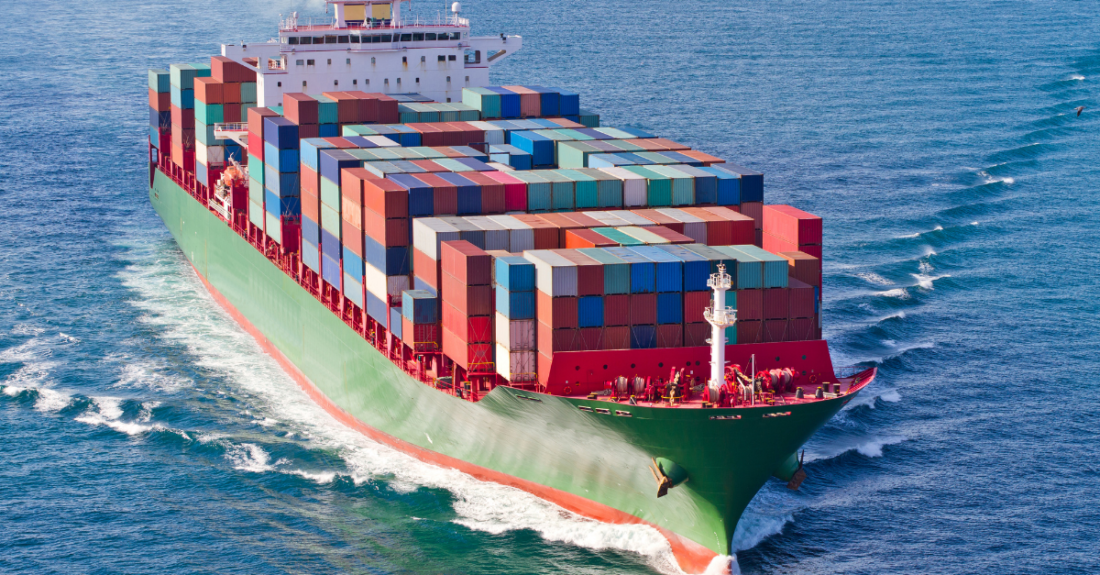
Maritime freight costs drop 50% from 2022
Jun, 30, 2023 Posted by Gabriel MalheirosWeek 202325
Nearly two years of the pandemic have brought significant changes to the international maritime freight industry and related costs. During the crisis’s peak, the freight cost per container skyrocketed to over US$13,000. This was due to bottlenecks in various supply chains, port closures, and reduced space on ships. The effects of these disruptions extended beyond 2021. In July of last year, the average freight cost reached US$6,500. While the pressures have eased this year, with the current freight cost standing at around US$3,000, it is expected that prices in the second half of this year and 2024 will remain higher than at pre-pandemic levels. Asia Shipping, an international logistics company, estimates that costs could fluctuate between US$3,000 and US$5,000 around next year.
One of the factors putting pressure on prices is the investment in ship renovations and more sustainable fuels by 2030. According to the International Maritime Organization (IMO), emissions from the maritime transport sector account for approximately 2% of total emissions.
The European Union has implemented regulations that encourage companies to accelerate their investment in this field. “This raise costs and can be passed on to customers,” says Rafael Dantas, sales director at Asia Shipping. Currently, the five largest shipowners handle 70% of global cargo, and this concentration can facilitate the practice of passing on prices.
In addition to shipowner costs, maritime freight prices are influenced by other variables such as exchange rates, fuel surcharges, congestion, and port surcharges. Ports handle over 90% of products involved in foreign trade. Various bottlenecks exist, affecting the arrival of products at terminals and the efficiency of ports. According to the National Logistics Plan (PNL) 2035, developed by the Ministry of Infrastructure, the current transport system in Brazil heavily relies on road transport (66.21%).
To address this imbalance, the PNL aims to achieve a 193% growth in rail transport, with a target of a 35% modal share. However, cabotage (coastal shipping) is projected to represent only 9.3%. Road infrastructure problems, insufficient transshipment terminals, and bureaucratic barriers are some of the main regulatory obstacles to multimodal transportation in Brazil, according to the Antaq waterway agency. Also, a study by the National Confederation of Industry (CNI) pointed out the inefficiency of Brazilian ports in terms of handling and boarding cargo as one of the most severe bottlenecks for industries in the country.
“Bottlenecks attract capital to the sector,” Daniel Keller from Una Partners says. A study by the National Confederation of Agriculture (CNA) emphasizes the need for modernization within the port system. The document cites the example of the Port of Porto Velho, which still utilizes equipment from the 1970s inherited from the Port of Santos.
Source: Valor Econômico
To read the original news report, visit: https://valor.globo.com/publicacoes/especiais/comercio-exterior/noticia/2023/06/29/valores-do-frete-maritimo-caem-pela-metade-em-relacao-a-2022.ghtml
-
Dec, 19, 2024
0
Manufacturing Industry Exports Rise 35.4% in Rio Grande do Sul
-
Grains
Mar, 04, 2021
0
Study shows Brazilian agribusiness feeds more than 772 million people worldwide
-
Grains
Jul, 20, 2021
0
Corn exports threatened as Brazil sees wave of “washouts” in corn contracts
-
Shipping
Sep, 26, 2023
0
ANTAQ delegation visits US to enhance inland waterways management

